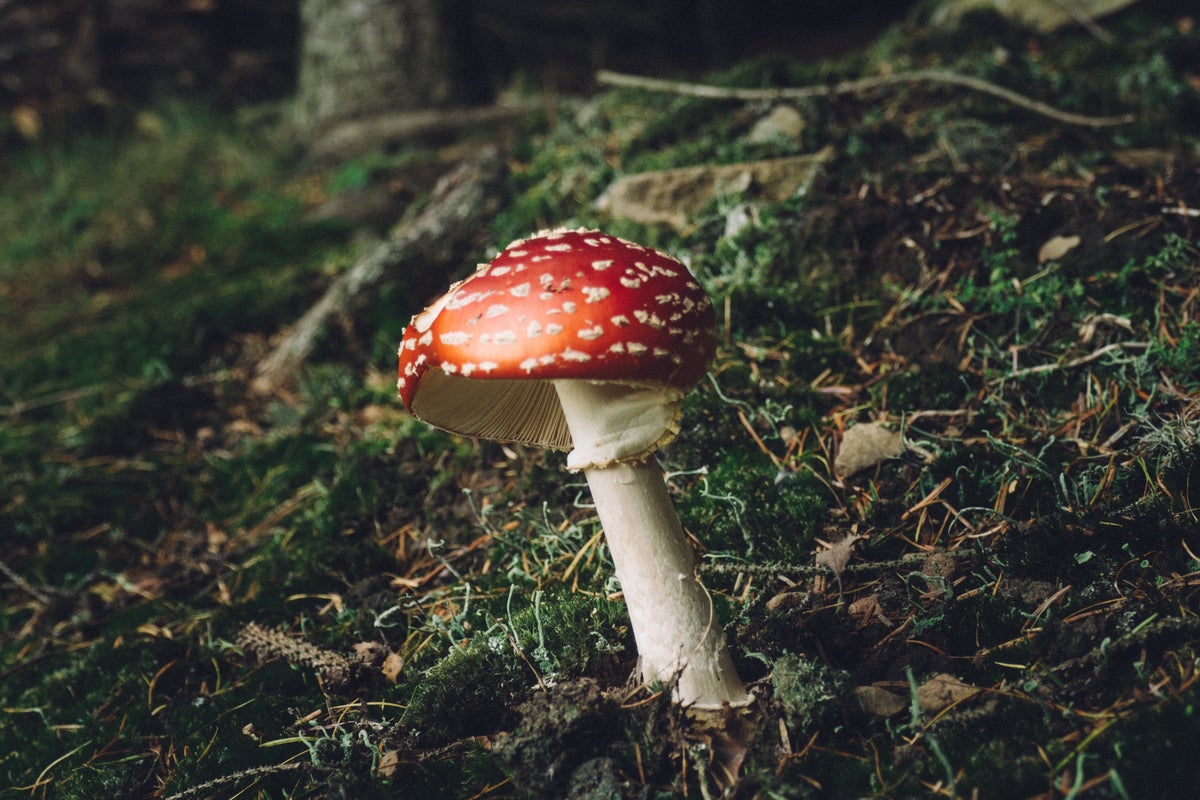[ad_1]
Psychedelic -or psilocybin- mushrooms have demonstrated a potential to treat such conditions as depression, anxiety and addiction, yet they are still a mystery in terms of how they evolved and what role they play in nature.
This is what a group of scientists at the University of Plymouth, UK, have set out to discover. Through advanced DNA sequencing methods and behavioral experiments, they will dive into yet untested hypotheses pertaining to the genesis of psychedelic compounds found in fungi, including a predator-defense and an insect-manipulation theory.
Dr. Jon Ellis, a lecturer in conservation genetics and the study’s supervisor, stated that the recent resurgence of interest in psychedelic compounds from the human health perspective does not make up for the essentially undisclosed evolution of these compounds in nature, “and why fungi should contain neurotransmitter-like compounds is unresolved.”
Dr. Kirsty Matthews Nicholass, the study’s PI said, “Within Psilocybe alone, there are close to 150 hallucinogenic species distributed across all continents except Antarctica. Yet, the fungal species in which these ‘magic’ compounds occur are not always closely related. This raises interesting questions regarding the ecological pressures that may be acting to maintain the biosynthesis pathway for psilocybin.”
The research’s focus is then set on psilocybin, chemically very similar to serotonin, the substance typically involved in information-sending between nerve cells in animals.
Another topic that will be assessed is the effect of psilocybin on the growth of soil bacteria, and further gene editing technology will be used to try to create mutant fungi that cannot synthesize psilocybin.
The team includes experienced researchers in molecular ecology, animal-plant interactions and fungal biology in the University’s School of Biological and Marine Sciences as well as PIs such as Dr. Nicholass and research assistant Ilona Flis.
Photo by Andrew Ridley on Unsplash
[ad_2]
Image and article originally from www.benzinga.com. Read the original article here.

